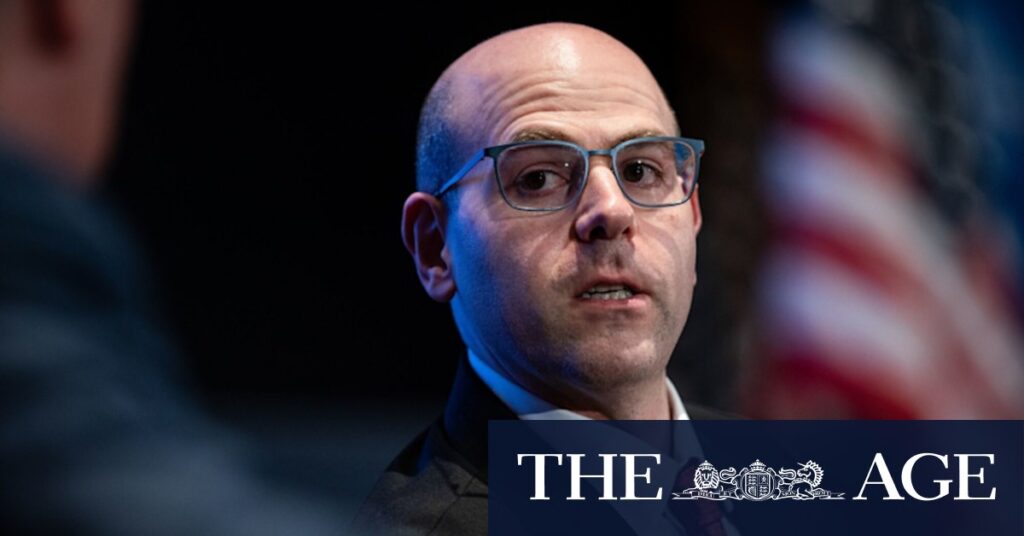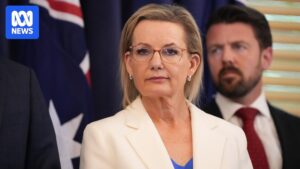
The Federal Reserve has reduced its key interest rate by a quarter-point, marking its first cut since December. This decision comes as the central bank expresses growing concern over the health of the U.S. labor market. The rate cut lowers the short-term rate to approximately 4.1 percent, down from 4.3 percent, and the Fed has projected two more cuts this year.
Federal Reserve Chair Jerome Powell, speaking after a two-day meeting, highlighted the shift in focus from inflation to employment. “In this less dynamic and somewhat softer labor market, the downside risks to employment appear to have risen,” Powell stated. The move aims to reduce borrowing costs for mortgages, car loans, and business loans, potentially boosting growth and hiring.
Shifting Focus: From Inflation to Employment
The Federal Reserve’s recent actions reflect a significant pivot from its earlier focus on inflation, which remains slightly above the 2 percent target, to addressing the challenges in the labor market. Hiring has slowed, and the unemployment rate has seen a slight uptick, prompting the Fed to act to stimulate economic activity.
Despite these changes, the Fed’s decision to cut rates was not unanimous. Stephen Miran, a recent appointee by President Donald Trump, dissented, advocating for more aggressive cuts. This dissent highlights the ongoing debate within the Fed about the appropriate path forward in a complex economic environment.
Political Pressures and Internal Divisions
The appointment of Miran, confirmed by the Senate just hours before the Fed’s meeting, underscores the political pressures facing the central bank. President Trump has been vocal in his criticism of the Fed’s pace in cutting rates, suggesting a more aggressive reduction by three full percentage points.
Meanwhile, the Fed’s internal divisions are evident. Among the 19 officials on the rate-setting committee, opinions vary widely. Seven members do not support further cuts, two advocate for one more cut, and ten favor at least two additional cuts this year. One official, likely Miran, supports several large cuts to bring the rate down to 2.9 percent by year-end.
Economic Challenges and Historical Context
The economic landscape presents unique challenges for the Federal Reserve. Inflation remains stubbornly high, with the consumer price index rising 2.9 percent in August from a year ago, up from 2.7 percent in July. This is notably above the Fed’s target, complicating the decision-making process as hiring weakens.
Historically, a slowing economy typically results in reduced consumer spending and lower inflation. However, current conditions defy this pattern, with inflation persisting despite a cooling labor market. Powell has previously suggested that sluggish growth could temper inflation, even as tariffs contribute to price increases.
Implications for the Fed’s Independence
The Fed’s independence is under scrutiny, particularly with President Trump’s attempts to remove Fed Governor Lisa Cook. This move, unprecedented in the Fed’s 112-year history, has been viewed by many as an attack on the central bank’s autonomy. Legal challenges have upheld Cook’s position, citing violations of due process rights.
Despite these pressures, Powell remains confident in the Fed’s ability to operate independently. “I don’t believe we’ll ever get to that place. We’re doing our work exactly as we always have now,” he assured, emphasizing the Fed’s commitment to its mandate.
Looking ahead, most Fed officials project the central bank’s key rate to be in the range of 3.5 to 3.75 percent by year-end, with Miran forecasting a lower rate of 2.75 to 3.0 percent. As the Fed navigates these complex dynamics, its decisions will continue to be closely watched by markets and policymakers alike.





